The tradition of honorific robing entered India with the first Muslim incursions of the 11 century but quickly spread to Hindu courts. In this ceremony, a ruler, or one holding authority from a ruler, presented a full set of elegant silk clothes—turban, shirt, pants, wrap, and outer robe—to one he wished to honour. Termed khil’at in Persian, this important courtly ritual has been largely neglected in historical writing on South Asia. This engaging book examines the historical value, geographic spread, and general importance of this custom, emphasizing the changing contexts and complex character of the ritual. As the essays in this volume show, there were some unusual features to khil’at that challenge traditional assumptions about medieval and colonial India and the nature of imperial ideology. First, the ceremony had no religious overtones and was used in relations of fealty across communal boundaries. Second, the ceremony both displaced local honorific rituals and functioned across a broad world that stretched from China to North Africa, thereby diversifying what is conventionally thought of as ‘ South Asian culture’. Third, the khil’at ceremony, infused as it was with politics and power, had considerable situational ambiguity of meaning, giving rise to the notion of contested ‘culture’ in pre-colonial and colonial South Asia. With contributions from well-known scholars and comprehensive introductory and concluding essays by Stewart Gordon, this pioneering study will appeal to both specialist and general readers with an interest in medieval Indian history, the colonial encounter, and South Asian ritual and custom.
There and Back: Twelve of the Great Routes of Human History
Though travelling is lauded ...
$36.00
$40.00

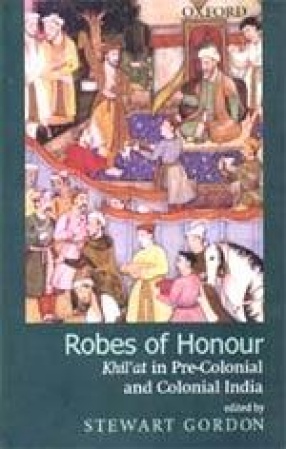
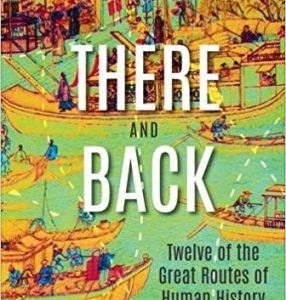

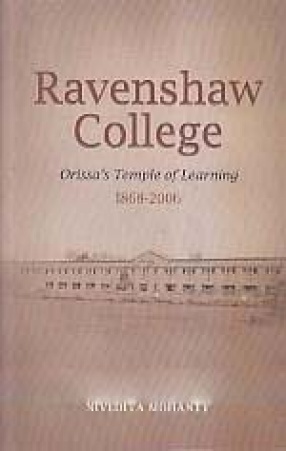
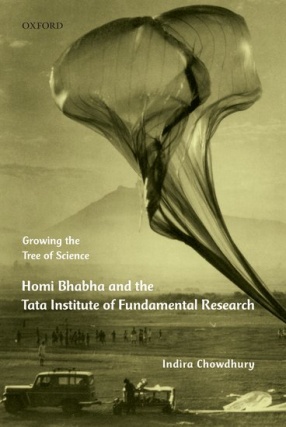
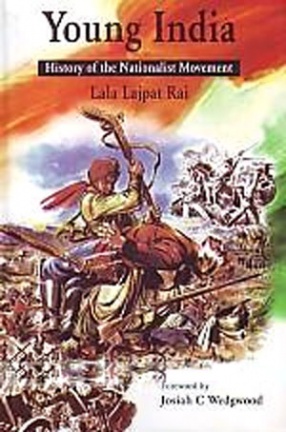
There are no reviews yet.